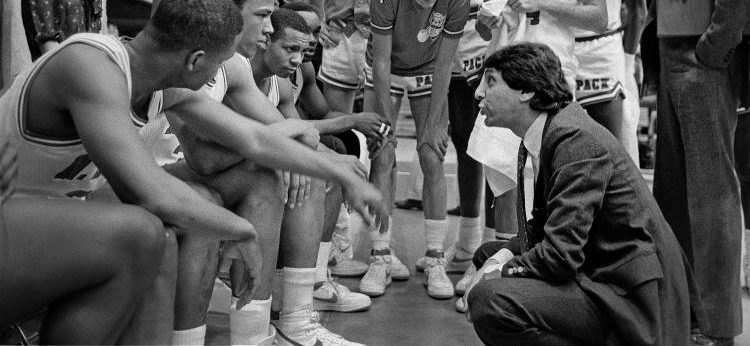Welcome to the first edition of Coach’s Corner with Hounds Manager & Tactician, Alex Whitney!
Ah. The good ole’ (?) composite stick. The perfect tool to send your errant strike even further away from your teammate. And quite possibly straight to the opposing side. I can almost hear the immediate remonstrations to the tune of “Oh the ash disease!!!”, “It’s too arid!”, or even worse still “But it hits sooooooo much further!” The arid argument notwithstanding, can anyone out there please tell me why you want to hit sliotars accidentally (I hope) past, or away from a teammate? When it comes to making your strikes true and your control supple, ash, as always, remains king.
Now I know it’s quite strange to hear a difference of opinion and want to understand why, but it’s of the author’s opinion that a deeper dive is warranted. So let’s start by breaking a few things down with a tried and true pro and con list.
First Kid on the Block: Ash
Pros:
Customization: Give your favorite Hurley maker a call and ask for something different. Want more bas for lifting, striking or soloing? Just ask. Want a 33.5” stick? Will do! Want a smaller length since you like to control your pass, but aren’t satisfied with a stick neck made for an 11 year old? Ask away! If you can think it, you can ask for it.
Excellent touch: I think any of us who have successfully struck a sliotar have felt that poised, near perfect pop of a well-made ash stick. Not to mention area to have the sliotar die on for easy fielding, and whichever tricks you can think fast enough to complete.
No degradation over time (DOT): Several of the more popular composite brands degrade at such a slow rate as to make the decrease of performance almost imperceptible. Until you pick up a new one. Ash, does not.
Cons you ask?
Break-in: Needs a break-in period and consistent use to stay broken-in.
Moisture management: The most legitimate of the Ash complaints. Believe it or not, wood is actually sensitive to the environment around it. Should you soak it? No. But you should take the 30 seconds it takes to walk to the coolest room in your home, (basement?), to store it.
Possibility of breakage: I get it, composites barely break. But if you factor in wood’s break-in period and composite’s DOT you still end up with a replacement schedule. Not to mention the composite sticks are more expensive. How much better of a deal was the plastic again?
New Kid on the Block: The Individual’s Polymer of Choice (Composite)
Pros:
Breaks rarely: Makes for a great club loaner. (Until your prospective new teammate gets too frustrated hitting with an inconsistent and worn out stick.)
Phenomenal for wall work, or wherever you don’t play on grass: Yeah, no argument here from me.
Can hit farther?: Not convinced this is a pro. If you hit correctly you don’t have distance problems…
Cons:
Degrades slowly enough to be imperceptible to all but the most sensitive users: The jury is still out on this one. I have yet to meet anyone who can tell it’s happening without a side by side with a brand new stick.
Expensive: Have you seen how much goalkeeper ones go for? Have fun replacing that…
No customization: This is no one’s fault. Having a mold made to cast a stick is extremely expensive. For example, none of the composites even come with a big bas version.
Poor touch: If you can’t gain possession, how can you hit at all, let alone that extra twenty yards you hit past your target.
Now that we’ve digested this together. I’ve gotta ask: Why do you use composite?
*Note: While different composite sticks have different strengths and weaknesses, this article is only intended to address Ash vs Polymer.
**Caveat: Though the author believes composite sticks are better off relegated to the offseason or indoor use exclusively, if you live in an arid climate, and/or don’t like to take care of your equipment, composite hurleys might be for you…

